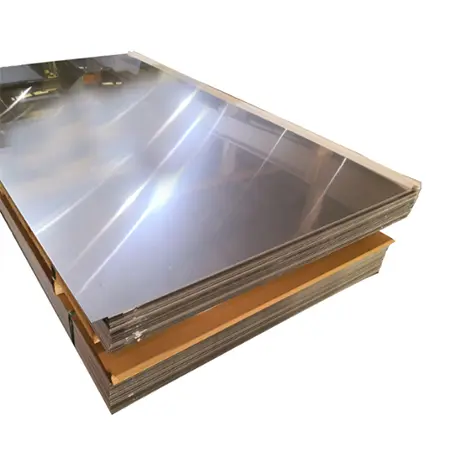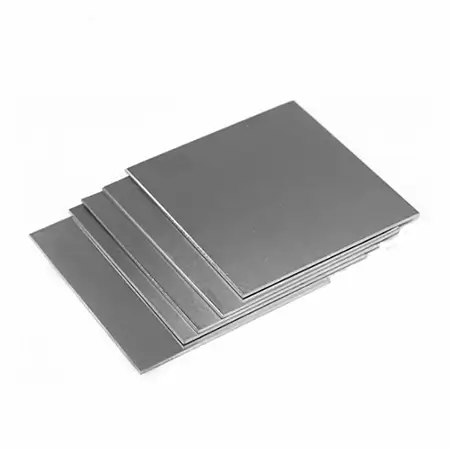Introduction
AISI 420 stainless steel plate is a type of martensitic stainless steel known for its good balance of strength, hardness, and moderate corrosion resistance. It belongs to the 400 series of stainless steels, characterized by a martensitic microstructure achieved through heat treatment.
Composition
The primary element in AISI 420 is chromium, typically ranging from 12% to 14%. This chromium content provides the basic level of corrosion resistance. However, unlike some chromium-rich stainless steels, 420 does not contain nickel, making it a more cost-effective option. Manganese and carbon are also present in smaller amounts, further contributing to its strength and hardness.
Characteristics
Strength and Hardness: AISI 420 offers superior strength and hardness compared to other chromium-containing stainless steels like 410. This enhanced performance can be further improved through heat treatment processes like quenching and tempering. However, this comes at a slight trade-off in corrosion resistance.
Corrosion Resistance: While not the most corrosion-resistant stainless steel, AISI 420 provides adequate protection in many environments. Its corrosion resistance is improved by polishing the surface and keeping it clean.
Magnetic: Unlike some austenitic stainless steels, AISI 420 is magnetic in both its annealed and hardened conditions.
Heat Resistance: AISI 420 offers moderate heat resistance, able to withstand temperatures up to 650°C (1202°F).
Uses
Due to its combined strength, hardness, and corrosion resistance, AISI 420 stainless steel plate finds application in various industries, including:
Cutlery: Knives, blades, and other utensils can benefit from the good wear resistance and hardenability of 420 steel.
Aerospace components: Certain non-critical parts in aircrafts can utilize 420 due to its strength-to-weight ratio.
Automotive parts: Gears, valves, and other components requiring moderate corrosion resistance and wear resistance can be made from AISI 420.
Hardware: Applications such as springs, fasteners, and levers can benefit from the strength and hardness of 420.
Non-critical medical instruments: Some medical tools that don't require high levels of corrosion resistance can be made from 420 due to its affordability and machinability.
| Product Name | AISI 420 stainless steel plate | |
| Commodity | Austenitic, Ferritic, Martensitic, Duplex, Cold rolled, Hot rolled | |
| Grade | 201. 202. 301. 304. 304L, 347. 321. 309S, 310S, 316L,2205. 409.410. 410S, 420. 420j1. 420j2. 430. 439. 443. 444.32760.32750.904L etc | |
| Austenitic stainless steel | 200 Series: 201. 202 | |
| 300 Series: 304. 304L, 309S, 310S, 316. 316L, 316Ti, 317L, 321. 347 | ||
| Ferritic stainless steel | 409L, 430. 436. 439. 441. 444. 446 | |
| Martensitic stainless steel | 410. 410S, 416. 420J1. 420J2. 431.440.17-4PH | |
| Duplex and Special Stainless: | S31803. S32205. S32750. 630. 904L | |
| Standard | ISO, JIS, ASTM, AS, EN, GB,DIN, JIS etc | |
| surface | N0.1. N0.4. 2D, 2B, HL, BA, 6K, 8K, etc | |
| Delivery time | 3-15 days subject to the clients' requirement and quantity | |
| Package | clients' requirement and Standard export sea-worthy packing | |
| MOQ | 1 ton | |
| Sample | Free Sample | |
Available Size Range
| Dimension | Range |
| Thickness | 0.1-200mm |
| Width | 10-2000mm |
| Length | 1000mm-11000mm or as customer' s requirement |
Additional Points
AISI 420 comes in various standard specifications, such as ASTM A240/ASME SA240. which define its dimensions and tolerances.
AISI 420 can be further processed through techniques like polishing, tempering, and quenching to achieve desired properties.




